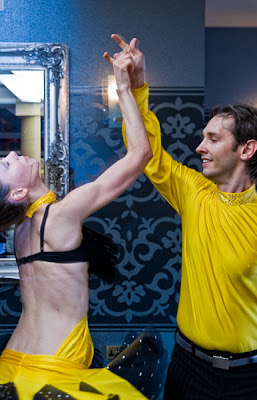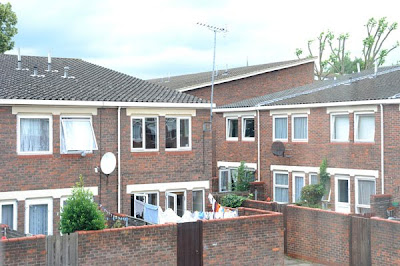I received this book a couple of days ago having pre-ordered it at Focus on Imaging in March. It is very well written and contains some beautiful shots. Kerry gives sound advice, but the book is not in any way prescriptive.
What have I Learned?
The thing that stood out for me was the number of wide angle shots and the impact this has on telling the story of the day's events. I have a tendency to zoom in on what I see as the most important parts of a frame, but this has helped me to see that there is an advantage in stepping back and incorporating other subjects which sometimes provide balance or perhaps show an interesting contrast. If there is any zooming in to be done, the image can always be cropped later on.
.jpg)
.jpg)










































